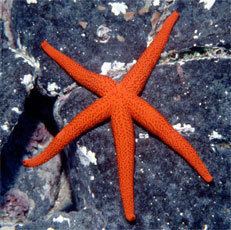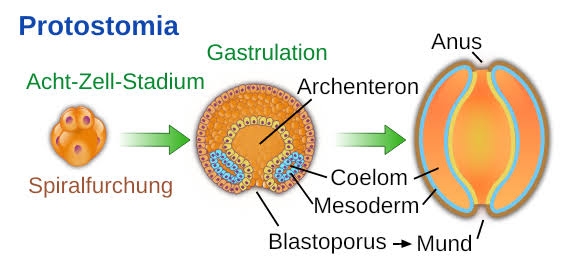
Scientists found that the same homologous gene cassette also occurs in other animals, although the number of Hox genes varies. It is slightly confusing that these segments do not correspond with the developing segments of the fly. Each of the genes is expressed in particular body segments. Drosophila has eight Hox genes that are arranged in linear order on the chromosome. The proteins encoded by the Hox genes either directly or indirectly control the transcription of numerous genes, including those that are responsible for the formation of typical features in the individual embryo segments. The Hox genes were initially discovered in Drosophila and have a typical sequence of approximately 180 base pairs (homeobox), which encode a particular DNA-binding region.

One of the most important discoveries of modern evo-devo research (evolution plus development) is that the embryonic longitudinal axis in animals develops according to the same principle, i.e. Conserved genes during embryonic development
#In deuterostomes the blastopore becomes the skin
They differ from other phyla because they shed their skin (Greek: Ecdysis) during individual development. The arthropods (insects, crayfish, spiders, centipedes, etc.) and other relatives are nowadays grouped as Ecdysozoa together with the unsegmented nematodes (ring worms like for example the favourite experimental animal of molecular biologists, Caenorhabditis elegans). This classification can be seen as a late triumph for the classical developmental biologists or embryologists, who suggested a big similarity between Trochophora larvae and marine annelids and snails.

Nowadays, they are grouped as Lophotrochozoa, together with molluscs. Previously, scientists thought that annelids (bristle worms) were related to arthropods due to their segmentation. In terms of the division of major phyla, the molecular data suggest some radical changes.

Of course, there were also some new views: A few invisible candidates – such as Brachiopoda and Bryozoa – which were often regarded as deuterostomes, now count as protostomes. It was possible to confirm this basic division of the animal kingdom into protostomes and deuterostomes by modern analyses used in molecular phylogeny.


 0 kommentar(er)
0 kommentar(er)
